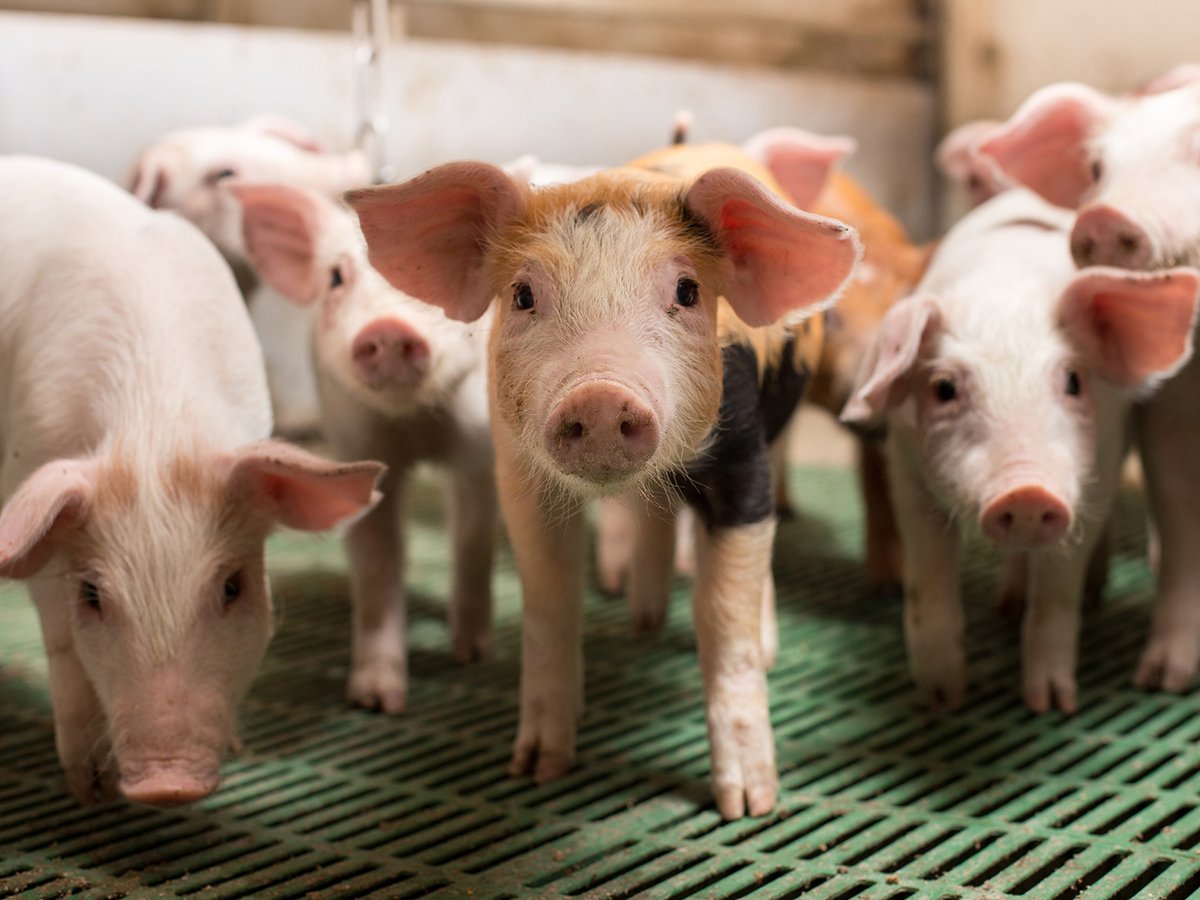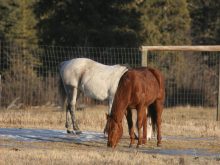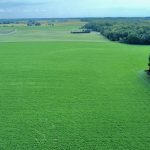I’ve recently heard rumours that there may be a shortage of scours vaccines this year. While I’m not sure if the shortage will be significant, you might want to check with your local veterinary practice to find out if they are going to be able to stock scours vaccines for cows for the upcoming calving season.
Many of the vaccines we use to prevent diarrhea in calves are given to the cow in late gestation. First calf heifers who are being vaccinated for the first time will require two doses of vaccine, while cows that have been vaccinated previously will require only one dose.
Read Also

The Western Producer Livestock Report – October 9, 2025
Western Producer Livestock Report for October 9, 2025. See U.S. & Canadian hog prices, Canadian bison & lamb market data and sales insights.
It is extremely important to read the label on these vaccines and follow the directions because the timing can vary significantly between different brands. This might become more important this year if you have to use a different brand of vaccine than you’ve used in previous years due to availability. Make sure you follow the label instructions or consult with your veterinarian.
Most of the commercial vaccines we currently have access to are a combination of rotavirus, coronavirus, along with two bacteria: E. coli and in some cases Clostridium perfringens. Some of the vaccines will have multiple strains of these various viruses or bacteria and these are usually listed on the vaccine label.
The vaccines stimulate the cow to produce antibodies, which become concentrated in the colostrum. The only way these vaccines can provide any protection is if they are given to the cow at the appropriate time, to have the antibodies present in the colostrum. In addition, the calf must obtain adequate colostrum in the first four to six hours of life to receive and absorb those antibodies. If a calf doesn’t consume adequate colostrum soon after being born, it really won’t matter what the cow is vaccinated with.
How well do the vaccines protect calves? We probably don’t have a perfect answer for that. I expect there is good evidence from the licensing data for these vaccines that demonstrates that colostral antibodies are significantly higher in vaccinated cows. However, there are not a lot of good clinical trials that demonstrate the degree of protection against calfhood diarrhea.
A recent scoping review was published in the journal Veterinary and Animal Science in March, which attempted to find all the studies on the prevention of neonatal calf diarrhea in the scientific literature. The authors evaluated 113 articles published since 1950 and concluded that the results for vaccines targeting rotavirus, coronavirus and E. coli are variable.
There were 11 published field trials with commercial rotavirus vaccines and only three showed statistically significant improved outcomes in calves of vaccinated dams.
There were 12 published field trials for E. coli vaccines and only three showed advantageous results for calves of vaccinated dams.
There were six published field trials for commercial coronavirus vaccines and only two showed advantageous results. However, it should be noted that many of these studies were done many years ago and many were carried out on commercial vaccines that may not be licensed or available in Canada.
Unfortunately, these kinds of clinical trials require large numbers of animals and are expensive to carry out. As a result we don’t have many that provide conclusive evidence. It is highly probable that scours vaccines do provide a significant level of protection but it is also quite certain that that protection can be overwhelmed by poor management practices.
Inadequate winter nutrition may affect the cow’s immune response and her colostrum production. Making sure your cows have adequate vitamin A and E levels is also important as deficiencies in these vitamins can be associated with dry growing seasons and calves with low levels may be at an increased risk of disease.
We also want to use management tools that help us to reduce the contamination at calving. Cows naturally carry the bacteria and viruses that cause scours in calves. Minimizing fecal contamination in areas where newborn calves are going to be is essential.
Having a separate wintering ground for cows and moving them to a clean calving ground just before calving is key. Whatever can be done to minimize contamination of the calving area is also important and this is obviously going to vary depending on your herd’s calving season and facilities.
You may want to consider some version of either a Sandhills calving system, where cow-calf pairs are left in the first calving area and pregnant cows still to calve are moved onto the next clean area or the more traditional “Lacombe method” where cow-calf pairs are moved to nursery areas to help minimize fecal exposure. Once again, your veterinarian will be a good source of advice for planning how to best use your wintering and calving areas.
Hopefully there will be no shortage of scours vaccines this year and you can continue to follow your veterinarian’s recommendations for your herd’s vaccine program.
The vaccines we give to the cows won’t work if that calf doesn’t consume adequate colostrum and even if you do vaccinate for scours, the protection the vaccines provide can be overwhelmed in high density, contaminated calving areas.
We need to combine both vaccinations and management to prevent this important calfhood disease.
John Campbell is a professor in the department of Large Animal Clinical Sciences at the University of Saskatchewan’s Western College of Veterinary Medicine.















